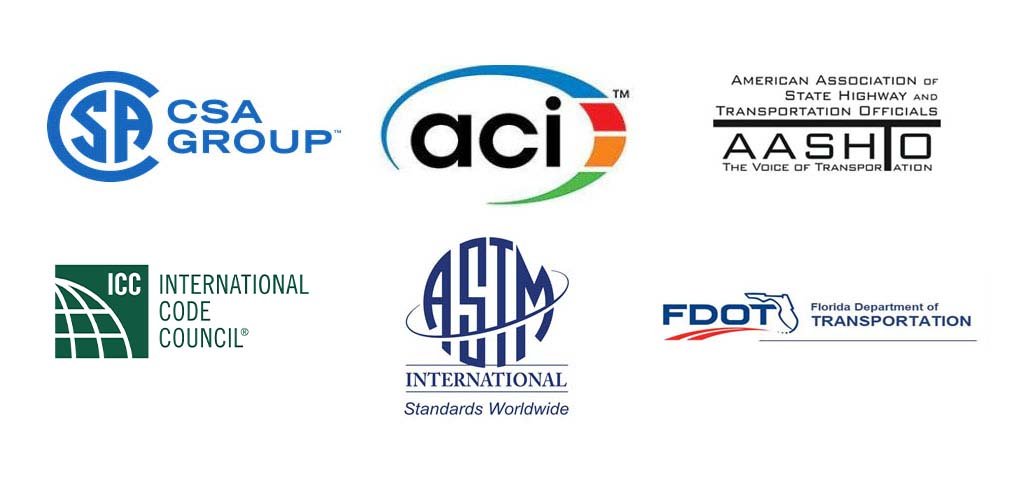An Alternative Solution to Corrosive Reinforcing Bars

What is Glass Fiber Reinforced Polymer (GFRP) Rebar?
- Glass Fiber Reinforced Polymer (GFRP) is a composite material made from polymer matrix reinforced and synthetic amalgamated material of plastic and extremely fine fibers of glass. Other fibers used are carbon, aramid or basalt. Rarely, other fibers such as paper, wood, or asbestos have been used. The polymer is usually an epoxy, vinyl ester, or polyester thermosetting plastic, though phenol formaldehyde resins are still in use.
- GFRP was used as an alternative material to the steel rebar. It is lightweight, no-corrosion, superior tensile strength, and high mechanical performance. Installation of the GFRP rebar is similar to steel rebar, but with less handling, transporting and storage problems.
- FRPs are commonly used in the aerospace, automotive, marine, and construction industries.

RAYBELLE Glass Fiber Reinforced Polymer (GFRP) Rebars

Made from high-grade composite materials.
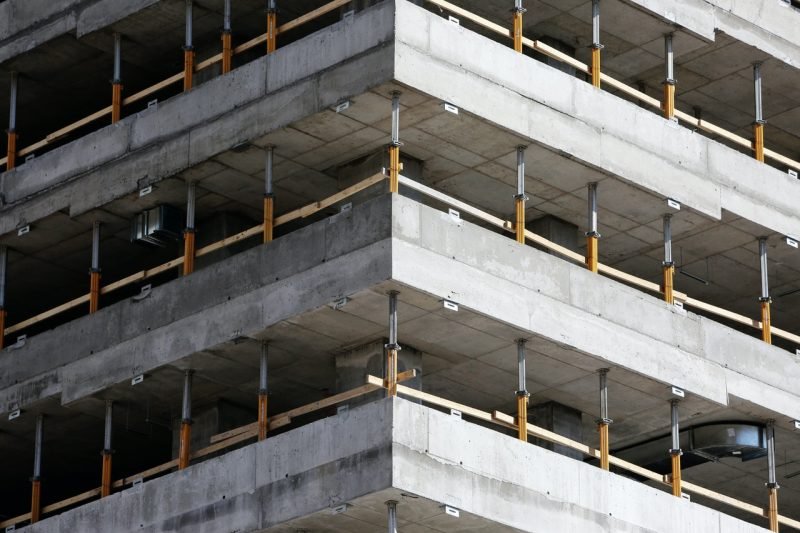
Offers as an alternative solution to noncorrosive material of reinforcing bars for concrete structures.

Suitable to structures such as bridges, highways, waterways, traffic railings and marine structures.
Ultimate Corrosion Solution

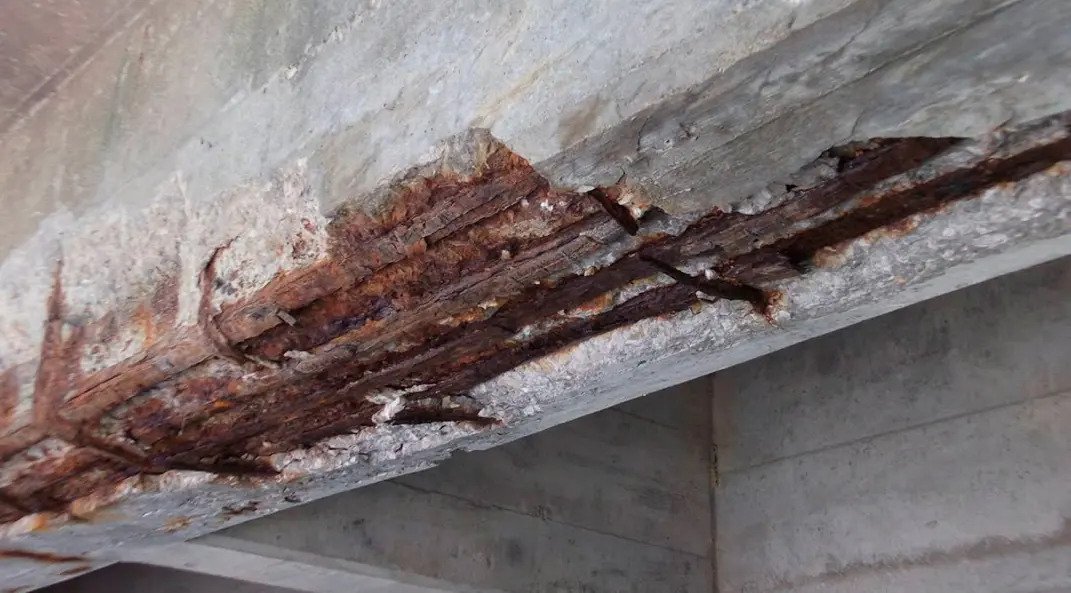


No Corrosion, One-forth the weight, 2 to 3 times Tensile Strength and Higher Mechanical properties than steel.

Advantages of GFRP Rebars

- Impervious to chloride ion and chemical attack
- Tensile strength is greater than steel (2 to 3 times).
- Light weight, one forth to one fifth of steel reinforcing bar.
- Transparent to magnetic filed and radio frequency.
- Thermally and electrically nonconductive.
- Lesser concrete cover is possible.
- Admixtures to reduce corrosion are no longer needed.
- Easily consumed by excavation equipment when used as temporary structures.
- In corrosive environments, service life is much greater than steel.
- Better field handling damage tolerance than epoxy coated steel and no touch-ups required.
- Sustainable and Recyclable
Applications of GFRP Rebars
- Any concrete members susceptible to corrosion by chloride ions or chemicals.
- Any concrete members requiring nonferrous reinforcement due to electromagnetic considerations.
- As a cost-effective alternative to epoxy-coated and galvanized steel.
- As a cost saving alternative to stainless steel bars.
- Where the machinery will consume the reinforced member, mainly in boring, tunneling and mining (e.g. Soft-eye).
- Applications requiring thermal nonconductivity
- In mass concrete exposed to chlorides near chloride exposure in hybrid applications with steel.

Concrete Structures Subjected to De-Icing Salts & Chlorides
- Bridge decks & Parapets, deck replacement
- Highway paving
- Road side barriers, Median barriers
- Concrete slabs, Approach slabs
- Parking Structures
- Precast elements, deck panels, box culverts

EMI & RFI APPLICATIONS
- High Voltage Substations
- Electrical power plants
- Chemical Plants
- Nuclear Power Plants
- LRT’s & Heavy Rail (electrical mitigations)
- Waste Water Treatment Plants

Marine & Waterfront Structures
- Coastal Construction exposed to Salt Spray
- Seawalls, Wharfs & Dry Docks
- Desalinization Intakes
- Dams, Port Aprons
- Swimming Pools

Electromagnetic Fields
- Hospitals & MRI Rooms
- Radio frequency areas
- Airports and runway

Tunneling, Mining & Railway
- Tunneling; e.g. TBM ring precast segments; Soft eye
- Sequential excavation or NATUM Tunnelling
- Rock bolts & Soil Nailing
- Precast ring segments
- Rail traverse (plinth) 100% GFRP Bars

Housing and civil construction
Global Projects that used GFRP Rebars
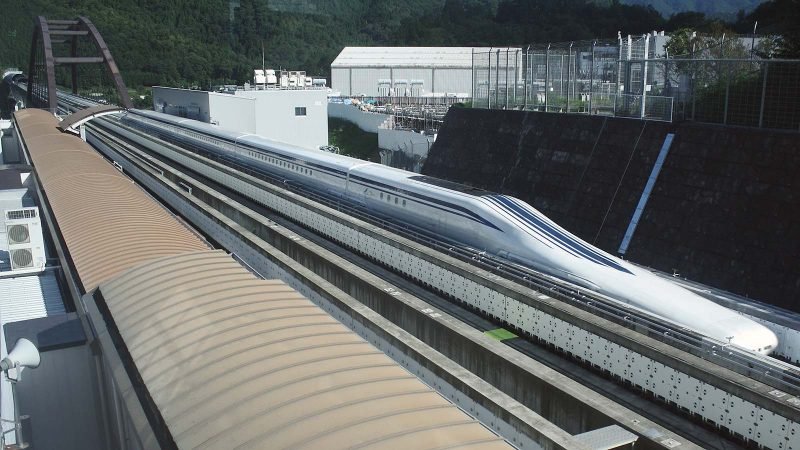
Japan’s Maglev Train
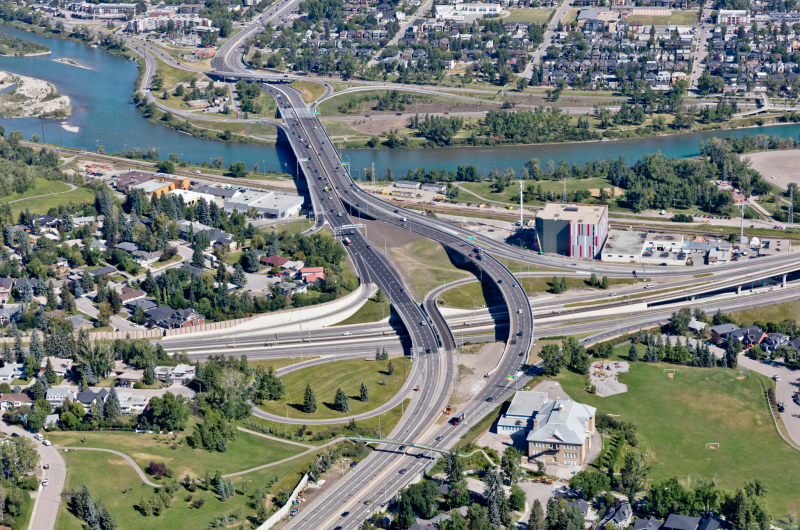
Crowchild Trail Bridge, Calgary, Alberta, Canada
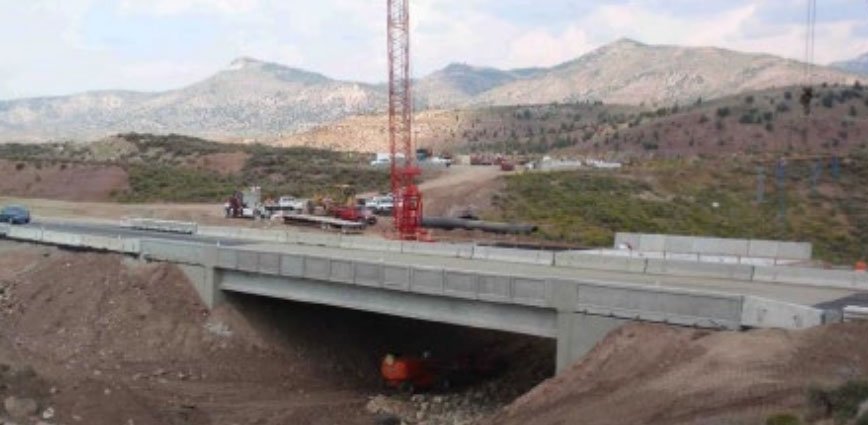
Emma Park Bridge, Pleasant Grove, Utah
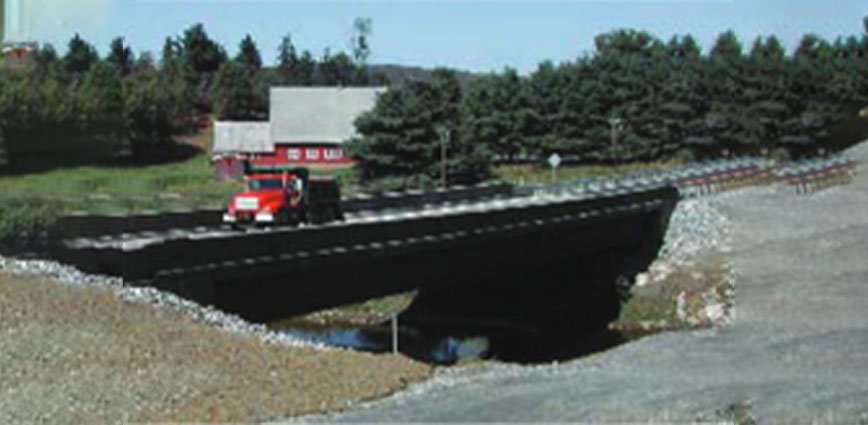
Morristown Bridge, Vermont
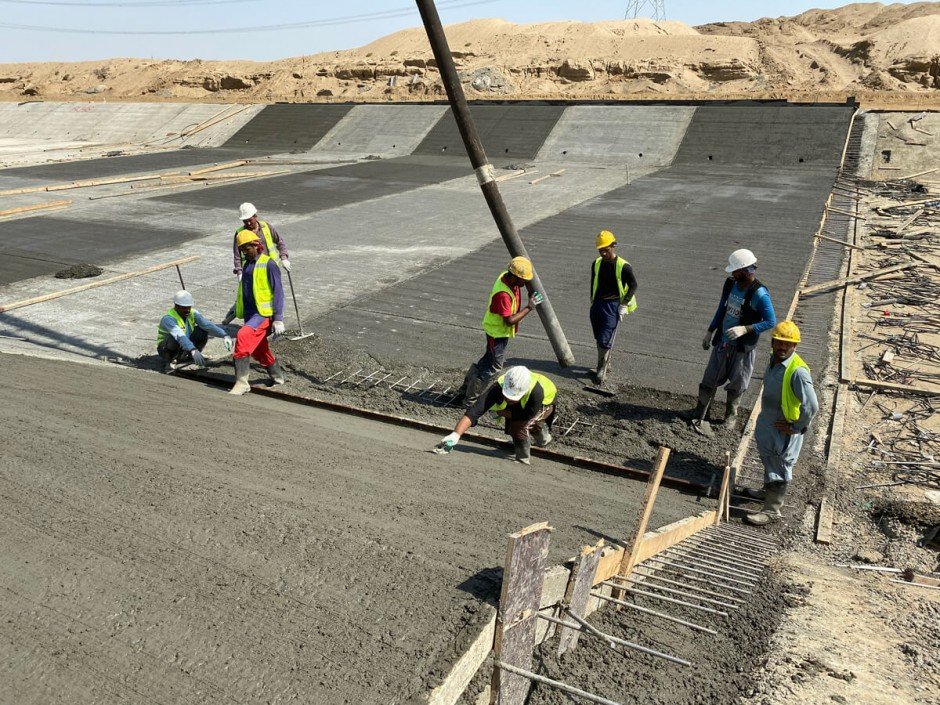
Jizan Flood Mitigation Channel, Jizan Economic City, Saudi Arabia
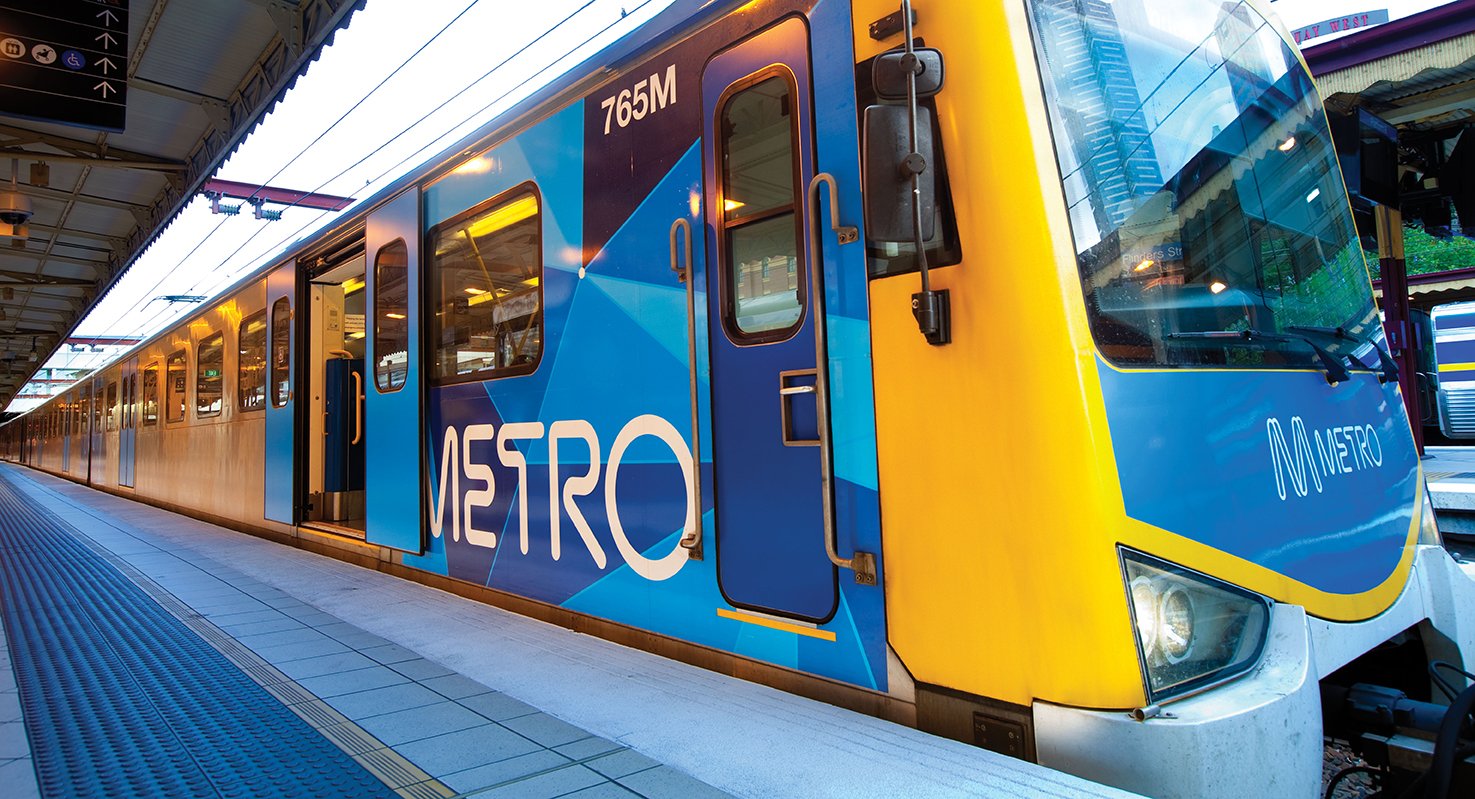
Melbourne Metro, Australia

King Salman Energy Park (SPARK) located between Dammam and Al-Ahsa in the Eastern Province of Saudi Arabia

Suvarnabhumi Bangkok International Airport, Thailand
Approved and Recommended by
International Standards and Organizations
